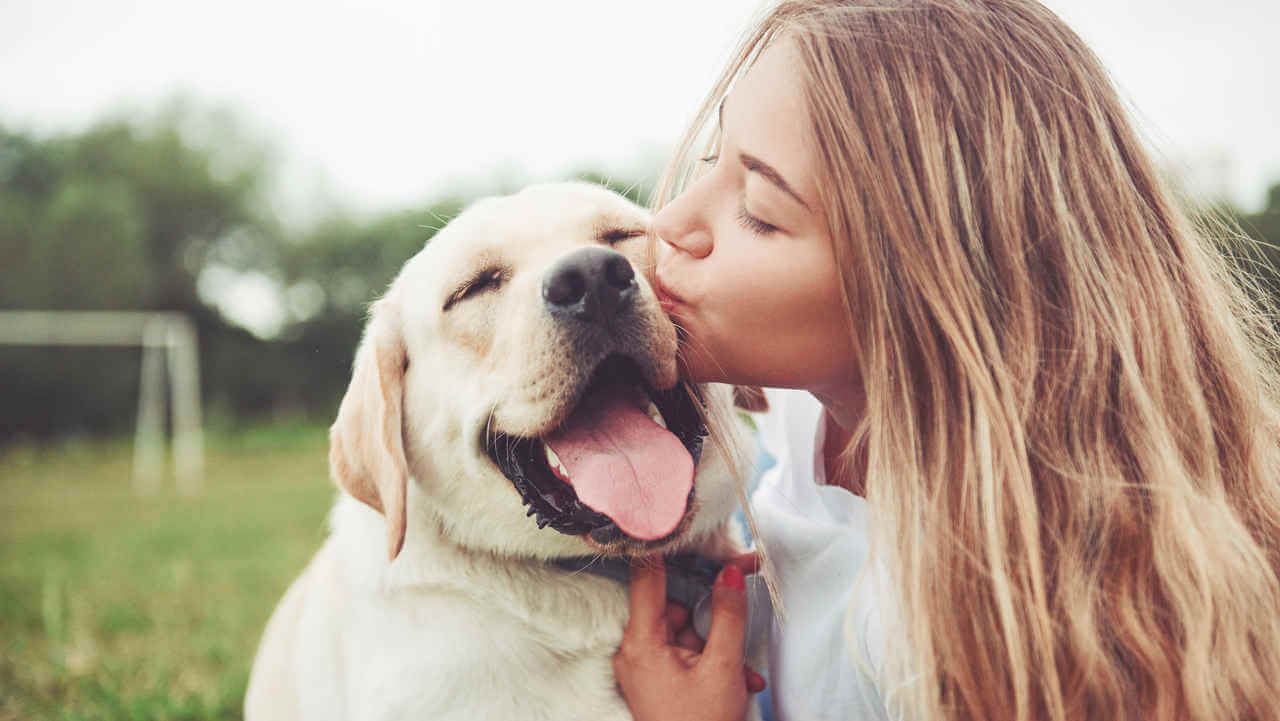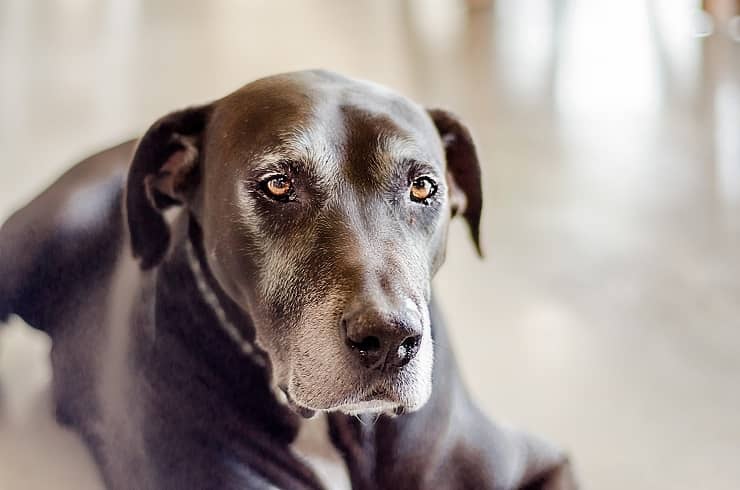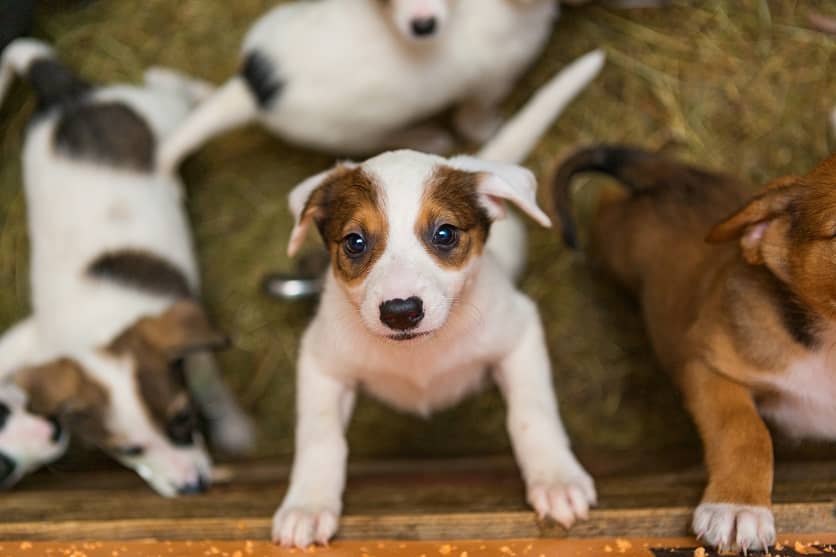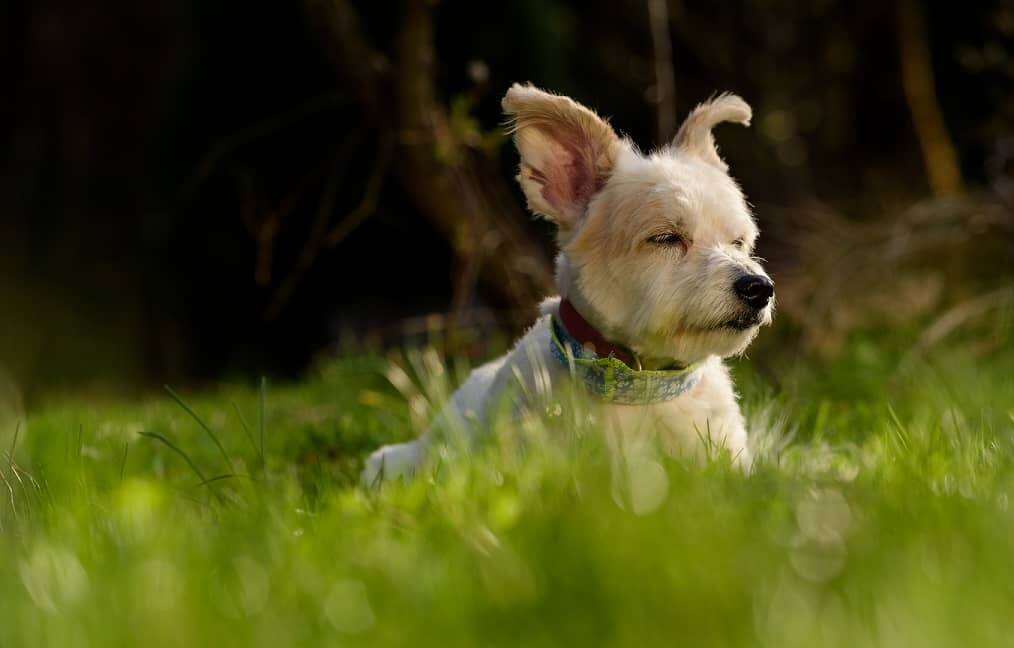Introduction
Which Sense Do Dogs Use Most? Have you ever been curious about the senses that your dog possesses, namely which one is the most developed? When it comes to the pet you have at home, there is something that you really ought to educate yourself on. Comprehending the day-to-day routine of your dog in comparison to your own life is important. The following information can prove to be useful in better supporting the requirements and preferences of your pet.
Which Sense Do Dogs Use Most? Smell:
It is generally agreed that your dog’s sense of smell is its most acute ability. Have you ever wondered how much more acute their sense of smell must be in comparison to ours? The noses of dogs acquire more than twenty times the number of scent receptors that the noses of humans do. On top of that, they can detect odors that are 100 to 1,000,000 times lower in intensity than we can. This means that even after two weeks have passed since you barely touched a tree, certain canines will still be able to detect it.
The Vomeronasal Organ is another organ that develops in a dog’s nose and is termed the Vomeronasal Organ (VON). Pheromones and other chemical signals given out by people and animals are picked up by it. A dog can use this method to discern who it is or even if it is familiar with the other animal or human.
The olfactory lobe found in a dog’s brain is noticeably larger than the olfactory lobe found in our brains. This region of the brain is responsible for identifying the smell being experienced by the individual. When compared to human brains, the proportion of a dog’s brain that is dedicated to the development of a single sense is forty times greater than that of a human brain. Explosives and bombs give off odors. That can be detected by dogs. And more accurately than by the devices that humans have developed to achieve the same thing.
It has been demonstrated that trained canines are capable of accurately diagnosing diabetes, seizure disorders, and other forms of human cancer. We have been able to forget some of the strongest relationships ever seen between working-class humans and animals.
Hearing:
When it comes to the canine’s five senses, hearing is considered the second most important after the canine’s keen sense of scent. Dogs have hearing capabilities that extend into the ultrasonic spectrum, which is a two-octave range higher than human hearing. They can hear sounds of the highest pitch as well as those of the lowest pitch, both of which are outside the range of our hearing.
Dogs can accurately determine the direction in which they should head to find the source of any noise. While humans can hear it from a mile away, and it may still seem as though it is trying to come from any direction, a dog can quickly predict to accuracy the direction in which they should head to locate where the sound originated.
One of the reasons is the combination of the two primary senses. That is why certain dog breeds are better suited for particular tasks like hunting and locating items. Dogs, who have an acute sense of smell and excellent hearing, have proven to be of great assistance. And they have also joined the ranks of the working poor. Dogs are quite good at localizing the source of sounds. Your dog will be able to pick up the sound even if you are in a crowded area and will then follow that sound to find you.
Dogs have amazing hearing, but as they age, they lose some of their capacity to hear because of natural aging processes. Dogs age just like people do and, just like us, they run the risk of being deaf as they become older.
Taste:
In contrast to some other senses, a dog’s sense of taste is not nearly as developed as ours is. Dogs only grow 2,000 taste buds over their lifetime, but they are willing to test just about everything you put in front of them. Humans have 9,000 taste buds, which allow us to question not just whether we like anything. Dogs prioritize their sense of taste above all else, and the more appetizing something smells to them, the more likely they are to try to consume it.
Bitter flavors are the only ones that a dog will typically avoid, which is why we were able to develop a teaching approach using bitter apples. A dog can taste the distinctions between something being sweet, salty, sour, or bitter. Even though dogs are interested in trying anything and everything, we still have to be mindful that there are certain human foods that they should not be given access to consume.
Certain foods can trigger an allergic reaction in dogs, therefore we need to be extremely careful about the kinds of food that we feed them. Onions, grapes, raisins, garlic, coffee, and chocolate are among the foods that are extremely hazardous to a dog’s health. Chocolate is considered to be the most hazardous of the bunch. Because of this, we will need to tackle yet another topic in one of our upcoming blog posts because dogs have unique dietary requirements that differ from those of humans.
Which Sense Do Dogs Use Most? Touch:
Have you ever pondered the question of which of a dog’s senses develops first after it is born? Their ability to feel things When they are first born, the mother washes them and touches all or most of the sensory receptors to stimulate the flow of blood throughout their bodies. Touch is an essential component of socialization. But not only with other animals, but also with people. It also plays an important role in the development of a strong bond between family pets.
A body that is the most sensitive. The dog’s muzzle is analogous to our hands in that the canine communicates with the world around it by utilizing this area of the body. A firm tap on the muzzle in the form of a correction has been made. It is one of the most successful methods for training and getting a dog to comprehend.
The purpose of the limbs and paws is to move around. But the muzzle is where they take in information about their surroundings and develop their understanding of the world. Ironically, the portion of a dog that is the least sensitive is exactly where owners pet their pets the most. The region at the back of the throat is not an especially sensitive one. The collar must be adjusted so that it sits higher on the neck to provide a more effective workout.

Which Sense Do Dogs Use Most? Sight:
Which Sense Do Dogs Use Most? Many people believe that dogs suffer from terrible eyesight, especially in comparison to humans. The reality is that they just view things differently. One that is more suited to how their species should see things. Dogs have excellent night vision and can see far more clearly than people can, even in completely dark environments.
On the other hand, the canine visual system has developed in such a manner that it enables them to detect motion. In contrast, people, are only capable of perceiving the world around them in hues of blue, yellow, or gray. Humans, on the other hand, perceive in full color.
Have you ever observed that your dog can easily lose a ball that is tossed in the grass? Even though it seems as though they are staring directly at it? Select toys for your dog that have colors that contrast strongly with one another or that glow, light up, or move. It can make it simpler for your dog to just see his toys.
Which Sense Do Dogs Use Most? Conclusion:
Sight, hearing, and scent are the three senses that are shared by both humans and dogs. Dogs, on the other hand, communicate primarily through their senses of scent, vision, and hearing. In contrast to most people, who communicate mostly by hearing, seeing, and finally sniffing.










